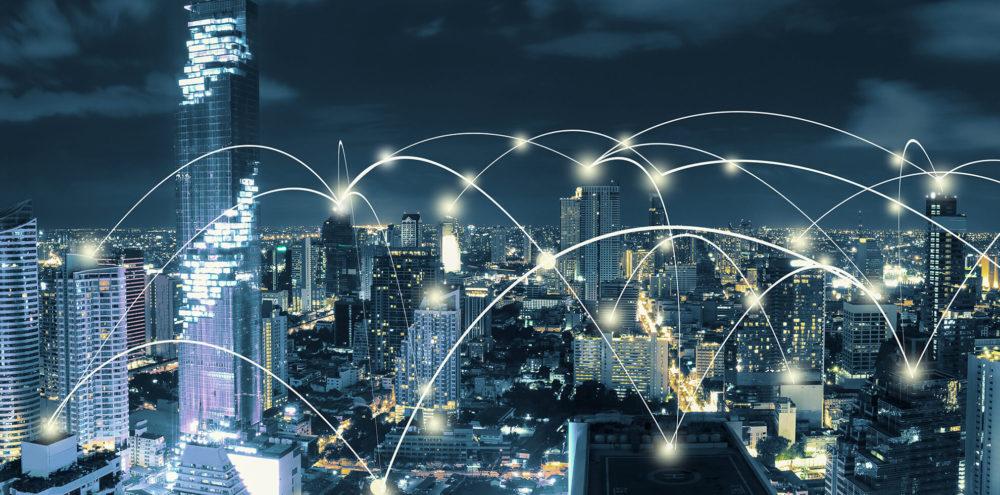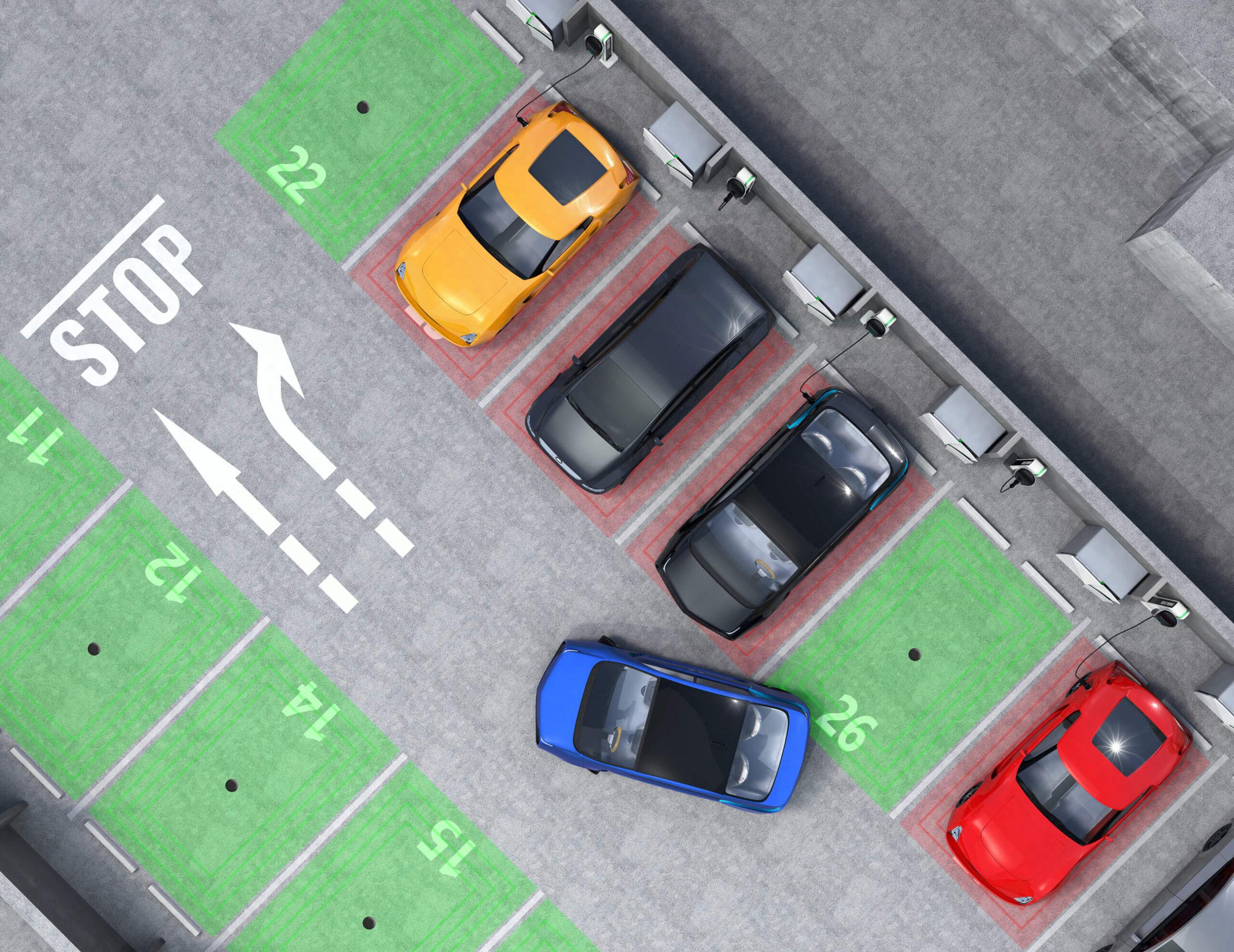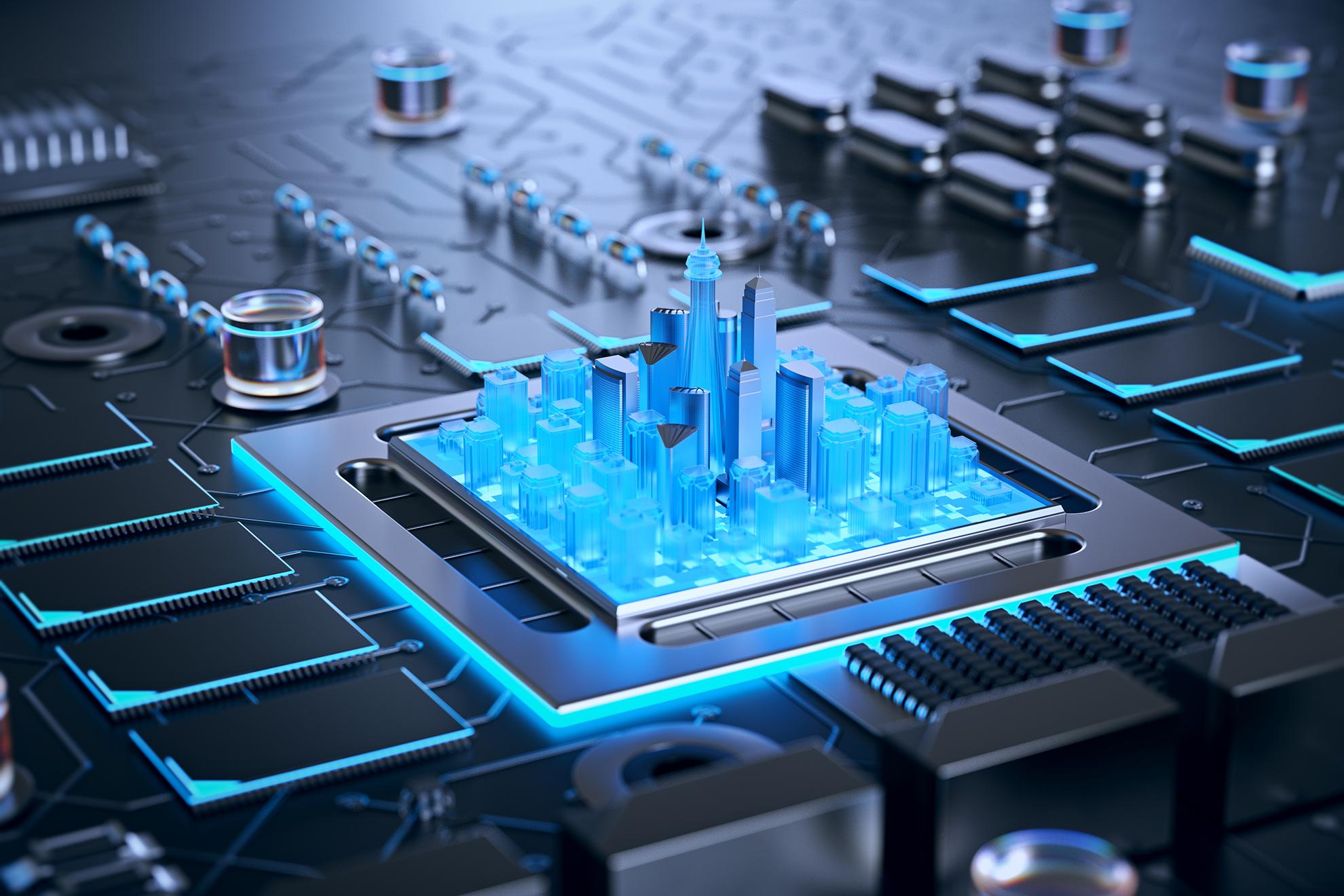Top Five IoT Solutions for Smart Cities


Did you know that the sweeping popularization of smart city technology began in the countries of Asia – South Korea (the pioneer of IoT solutions for large-scale projects), Singapore, Japan, and China?
To date, thousands of IoT-based solutions for smart cities have been deployed throughout the world – it’s almost as if advanced tech concepts from science fiction have come to life on a global public scale.
IOT AS A FOUNDATION OF SMART CITY SOLUTIONS
The main purpose of any smart city is to provide interactive high-tech solutions designed to make the everyday life of citizens easier, more convenient, and safer. Then, there are also passive interaction tools. For example, monitoring systems that capture video and audio data around the vicinity through IoT devices (surveillance cameras, etc.) and transmit them for further analysis to special data centers. Ordinary residents of the city, obviously, do not directly interact with such systems.
Generally speaking, there are several global directions for the development of the IoT concept in the context of smart cities:
- water & energy supply management;
- waste management;
- transportation management;
- communication management;
- monitoring & protection of citizens, etc.
TOP FIVE SOLUTIONS FOR SMART CITIES
And now, let’s take a look at the top five solutions for smart cities that can be considered the most advanced and useful for humanity.
Smart parking

Let’s start with smart parking software, which the specialists of our own team had the opportunity to work on. In fact, this flexible solution can be applied in almost any parking format, providing increased comfort for both operators and car owners. Our solution works with a set of sensors via a control panel in a mobile application.
Sensors are installed in the parking area. In terms of public use, such solutions may help drivers identify free parking spaces and see the density of cars in highly occupied areas. For the owners of parking lots, this means a great opportunity to gather statistics on the most demanded spaces and keep a closer watch on the parking area as a whole.
Smart parking also makes parking tickets obsolete, replacing them with special sensors that automatically register cars via QR-codes.
Smart waste disposal
In the Danish community of Albertslund, a smart solution is gradually being introduced to optimize the operation of the residential waste collection and disposal service. Firstly, IoT sensors allow optimizing the routes of waste collection vehicles. Secondly, IoT sensors can be connected to all types of waste collection units – for example, garbage bins – to monitor their fullness.
All in all, we can get to a centralized waste management system that, with the help of low-cost wireless technologies, such as Lora WAN, NB-IoT, or SigFox, provides convenient end-to-end interaction capacities for people and organizations providing garbage disposal services.
Smart exhaust management
Nowadays, car exhausts cause enormous damage to the environment, accelerating the spread of the greenhouse effect throughout the planet. Also, air pollution has an extremely negative effect on the health of people, causing many respiratory system issues. In this regard, many progressive countries, such as Denmark, are trying to work for the future of the nation and deploy systems for the global study of “bad” gas emission sources.
Thus, the Copenhagen authorities are currently actively introducing an IoT-based smart city solution that identifies the most harmful sources that emit carbon dioxide into the atmosphere and are responsible for heating its lower layers in the area. It is expected to help upgrade the urban and private transport system and reorganize the work of factories, plants, and other resource-consuming facilities.
Energy-efficiency systems
Kazakhstan can also be called a progressive country in terms of introducing solutions for smart cities. Relatively recently, a project proposed by Kazakh developers and implemented within an expo-town, in which all energy management is carried out using smart technologies, rolled out to a full-fledged area of Astana after the end of the presentation period.
To do this, wind turbines were placed around the perimeter of the town, and integrated into Smart Grids (these are a proprietary product of the world-famous Siemens company). Ultimately, a network of 42 substations was launched, headed by a single control center, which independently distributes the energy load, optimizing the process of transporting electricity by 30%.
Astana has also achieved impressive results in terms of heating. Since there are no natural sources for the extraction of natural gas, residential buildings will soon be heated with the help of underground geothermal sources. In particular, the German company Petroline launched a pilot project of a house with a total area of 190 square meters, the heat for which is extracted from a well with a depth of 130 meters, which allows reducing monthly heating costs by almost 70% in winter.
Optimized solar energy consumption
Last but not least, a few words about the global project created through the collaboration of Russian and Finnish scientists. We are talking about the unique technology of PolarSol gel-air heat exchangers, which provides heating and cooling without connecting to centralized systems. It is realized through the installation of autonomous reservoirs that absorb solar energy, the cost of which fully pays off in some five years.
So far, this is a test project; however, it will soon be actively implemented in many cities in Finland and abroad.

PREDICTIONS
These are the most discussed and obviously awaited trends. The following three aspects are narrower predictions of things that developers of solutions for smart cities will focus on in the next few years:
- End-to-end compatibility.Currently, most solutions for smart cities operate autonomously, without being “tied” to the existing smart infrastructure. In the future, it is planned that such systems will be easily integrated into already installed systems of “smart cities” as if building a Lego construction from separate blocks that can all be combined with each other.
- Widespread 5G.Unfortunately, at the moment, not all cities have a connection to 5G internet, which is able to provide good data transfer speeds for mobile devices. In the near future, the authorities of countries around the world plan to fix this.
- IoT sensors integrated with more normal devices. It is expected that more and more public devices (traffic lights, searchlights, etc.) will be connected to single monitoring systems using IoT. Ultimately, such systems will be used to ensure the safety of citizens 24/7.
SUMMARY
As you can see, the IoT concept can be implemented in a wide range of solutions for smart cities. If you are also interested in building a smart system, contact us. We will gladly employ our best practices in terms of your IoT solution development, making your project both reliable, scalable, and cost-efficient.